Map: 30 Years of Trading Water in Australia
Learn more about the history of trading water in Australia’s three markets in this infographic.
Australia boasts the world’s only large-scale system of water-rights trading, concentrated into three geographical regions — the southern Murray-Darling Basin, the northern Murray-Darling Basin, and the territory outside the Basin’s boundaries. These markets differ in one fundamental way from U.S. stock markets: buyers and sellers negotiate the transaction price themselves, the markets just facilitate transactions and track prices.
In remote areas, however, a water-rights trading transaction can happen between two individuals, with no traditional market involved, much like one farmer independently selling livestock to another. In the Murray-Darling’s northern region, markets allow private users to trade water from the same river, but not between rivers. In the southern Murray-Darling’s so-called “connected” trading region, prices are tracked and water rights are exchanged between different rivers and across state borders. As a result, trading in the southern Murray-Darling accounts for 90 percent of activity in Australia’s water markets. Still, the connected trading region does not cover the entire southern Murray-Darling Basin, because some areas have water flows that are too irregular.
Click the infographic below to learn more.
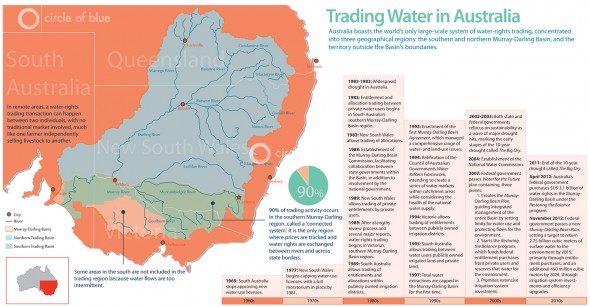
Andrew Maddocks and Aubrey Ann Parker contributed to this infographic, which was made to accompany Circle of Blue reporter Andrew Maddocks’ article, Australia’s Water Markets Succeeding, Yet Severe Challenges Loom. Reach each them at circleofblue.org/contact, or send a tweet to @APMaddocks and @aubreyh2o.
A news correspondent for Circle of Blue based out of Hawaii. She writes The Stream, Circle of Blue’s daily digest of international water news trends. Her interests include food security, ecology and the Great Lakes.
Contact Codi Kozacek

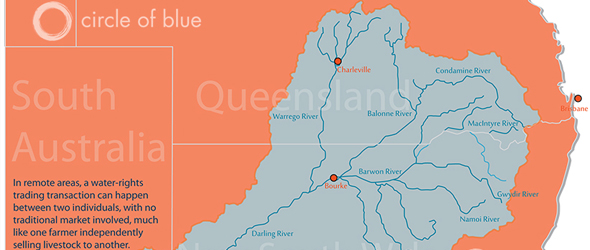

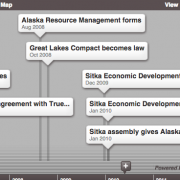
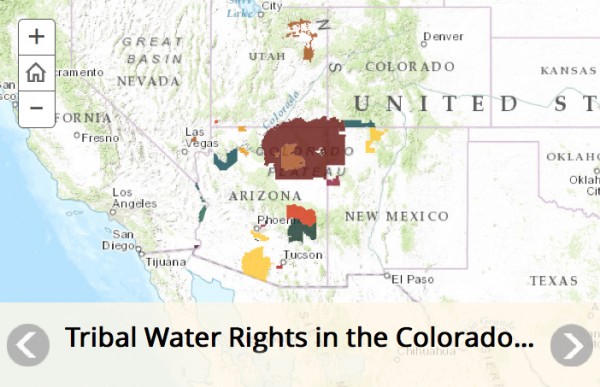
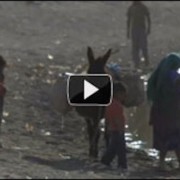
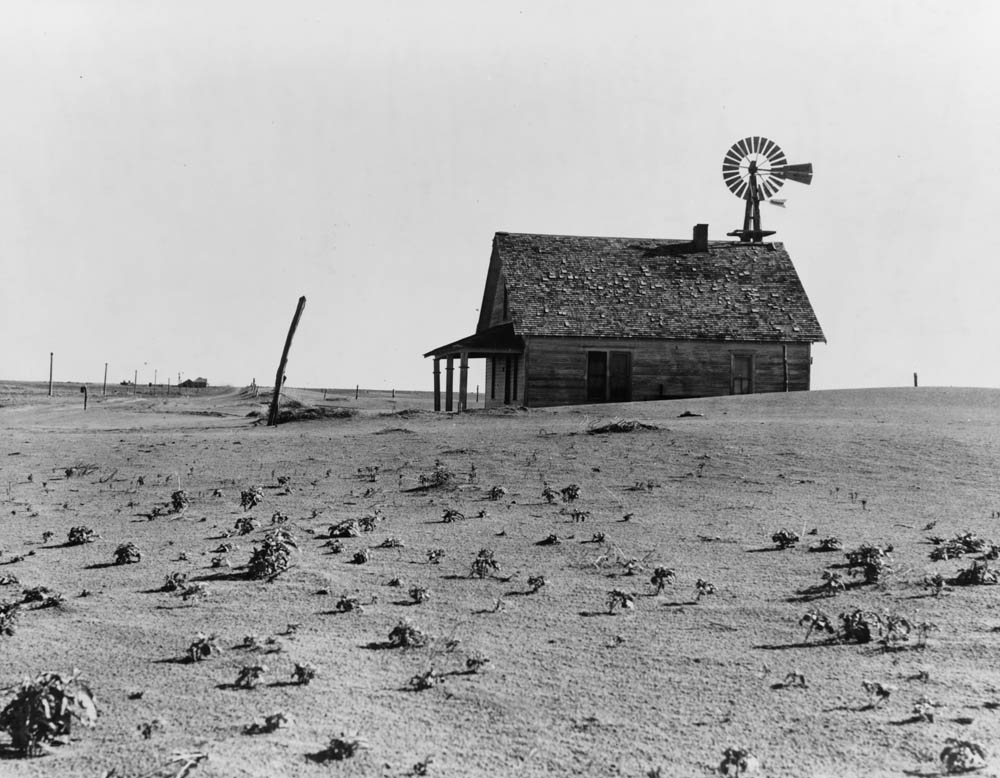
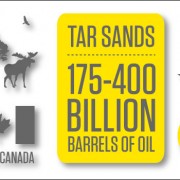



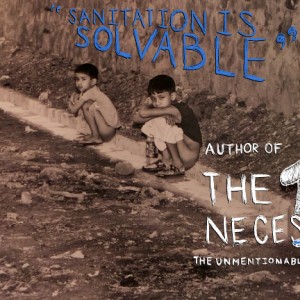
Leave a Reply
Want to join the discussion?Feel free to contribute!